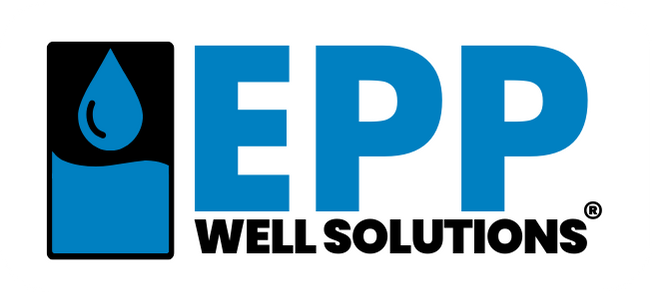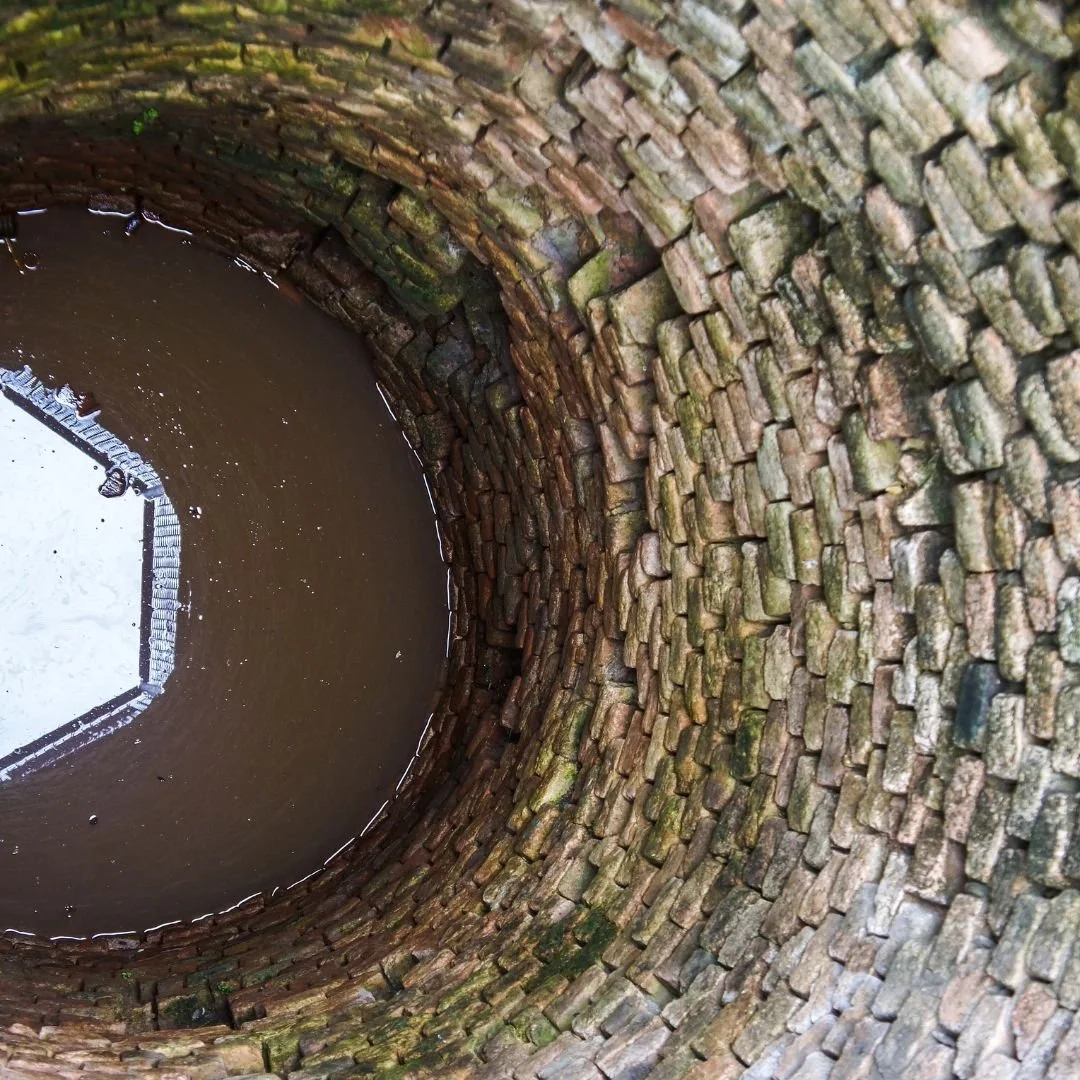What is a Well, and How Does It Work?
Water wells are a vital lifeline for millions, providing access to groundwater for drinking, irrigation, and household needs, especially in rural areas or for those seeking independence from municipal water systems. Understanding how wells function, their types, the challenges they face, and modern solutions to enhance their performance is essential for ensuring a reliable water supply. This article explores the mechanics of wells, the issues associated with low-yielding wells, and an innovative system that transforms water management for challenging wells.
The Fundamentals of a Well
A well is a structure designed to tap into groundwater stored in underground aquifers—layers of permeable rock or sediment, such as sand, gravel, or limestone, that hold water within their pores. By penetrating these natural reservoirs, wells enable users to extract water for various purposes, from household chores to agricultural irrigation. Historically, wells were simple pits dug by hand and lined with materials like stone or timber to prevent collapse. Today, advancements in drilling technology allow wells to reach deeper, more dependable aquifers, ensuring a consistent water supply.
Wells come in several types, each suited to specific geological conditions and water demands. The primary types include:
Dug Wells: Typically shallow, these are manually excavated and lined with concrete or stone to maintain structural integrity. They are ideal for areas with high water tables but may be vulnerable to contamination.
Driven Wells: These involve pipes driven into soft ground, suitable for accessing shallow aquifers, often less than 50 feet deep.
Drilled Wells: The most common today, drilled wells use rotary or percussion drilling to reach depths of hundreds of feet, targeting stable, high-yield aquifers.
Each type serves the core purpose of delivering groundwater to the surface, tailored to the environment and user needs. The choice of well type depends on factors like aquifer depth, soil composition, and anticipated water demand.
The Mechanics of Water Extraction
Extracting water from a well combines natural geological processes with mechanical systems. Groundwater resides in aquifers, which are recharged by rainfall and surface water seeping through the soil. A well, whether dug or drilled, creates a direct pathway to this aquifer, allowing water to be drawn to the surface for use.
Modern wells rely on pumps to extract water efficiently. Submersible pumps, commonly used in drilled wells, are placed deep within the well and push water through a pipe to the surface, where it can flow into a home’s plumbing or a storage system. Jet pumps, often used in shallower wells, create suction to pull water upward. A pressure switch regulates the pump, activating it when water demand increases—such as when a faucet is opened or an irrigation system runs—to ensure a steady supply.
A well’s performance depends on factors like the aquifer’s yield, measured in gallons per minute (GPM), and the well’s depth and construction quality. A typical household well produces 5–10 GPM, sufficient for daily needs like showering, cooking, and laundry. However, low-yielding wells, producing less than 5 GPM, can struggle to meet demand, especially during peak usage. Maintaining consistent pressure and preventing over-pumping—extracting water faster than the aquifer can replenish—are critical for a well’s longevity and reliability.
Challenges of Low-Yielding Wells
Low-yielding wells are a common issue, particularly in regions with limited groundwater or slow-recharging aquifers. These wells often fail to deliver enough water during high-demand periods, such as mornings when multiple household members are showering or evenings when irrigation systems are active. Signs of a low-yielding well include reduced water pressure, intermittent flow, or the well running dry temporarily, forcing households to wait for the aquifer to recover.
Over-pumping is a significant concern for low-yielding wells. When water is drawn faster than the aquifer can replenish, the pump may run dry, leading to overheating and potential failure. This disrupts water access and can result in costly repairs or, in severe cases, the need to drill a new well, often costing tens of thousands of dollars. Low pressure can also affect appliances like dishwashers or sprinklers, reducing their efficiency and causing frustration.
Environmental factors, such as droughts or seasonal fluctuations, exacerbate these challenges. Traditional approaches, such as deepening a well or hydrofracking, are expensive and not always effective, driving demand for innovative, sustainable alternatives.
The Well Harvester®
The Well Harvester is a transformative system designed to address the challenges of low-yielding wells, offering a reliable and cost-effective alternative to expensive well upgrades. This advanced technology optimizes water extraction, prevents over-pumping, and ensures a consistent water supply, even for wells with minimal flow rates.
The Well Harvester uses smart automation to manage water draw based on the well’s yield, ensuring the pump operates safely and efficiently. The system’s design prioritizes ease of use, with a straightforward installation process that requires no specialized tools, making it accessible for homeowners and professionals alike.
The Well Harvester includes a water holding tank to store water, ensuring availability during high-demand periods. Its food-grade materials ensure water safety, and its compact design allows flexible placement. The system is also expandable, accommodating growing water needs without requiring major modifications.
Environmentally, the Well Harvester supports sustainable water management by reducing the risk of over-pumping, which can deplete aquifers and harm local ecosystems. In 2025, as water conservation becomes increasingly critical, this system aligns with eco-friendly priorities while providing a cost-effective alternative to drilling a new well. For homeowners facing water shortages, the Well Harvester delivers consistent access and peace of mind at a fraction of the cost of traditional solutions.
Strategies for Effective Well Management
Beyond advanced technologies, proactive well management is key to maintaining a reliable water supply. Regular inspections can identify issues like sediment buildup or pump wear before they escalate, extending the well’s lifespan. Annual water quality testing ensures the water remains safe for drinking and household use, as aquifers can be affected by contaminants over time.
Conservation practices are vital, especially for low-yielding wells. Simple changes, such as installing low-flow fixtures or scheduling water-intensive tasks like laundry during off-peak hours, can reduce demand on the well. For agricultural users, drip irrigation systems minimize water waste compared to traditional sprinklers. These strategies help balance water usage with the well’s capacity, preventing shortages.
Storage systems can further enhance well performance by buffering water supply during peak demand. By storing water during low-usage periods, homeowners can ensure availability when demand spikes. While advanced systems incorporate this principle, even basic storage solutions can make a difference when paired with mindful usage.
Understanding Your Well’s Capacity
Knowing your well’s flow rate and aquifer characteristics is essential for effective water management. A professional well assessment can determine the GPM your well produces and identify limitations in the aquifer’s recharge rate. This information guides decisions about whether additional storage or advanced systems are necessary.
For example, a well producing 2 GPM may suffice for a small household but struggle with larger demands, such as irrigation or multiple simultaneous uses. In such cases, adjusting usage patterns or enhancing the system can prevent shortages. Homeowners should also consider seasonal variations, as aquifers may yield less during dry periods.
Wells are a vital link to groundwater, providing a sustainable water source for households and businesses. By understanding how wells work—through aquifers, pumps, and careful management—users can address challenges like low yield and over-pumping. The Well Harvester offers a transformative solution, delivering reliable water supply and eco-friendly operation for low-yielding wells. Combined with conservation practices and regular maintenance, such technologies ensure wells meet modern demands.


